The Spicy Origins of Curry: A Global Journey Through Flavor & Tradition
Curry is more than just a dish—it's a global love letter to spice. Whether it's simmering in a Mumbai kitchen, sizzling on a Tokyo street corner, or gracing a Sunday dinner table in London, curry has become one of the most universally adored culinary traditions in the world.
Table of Contents
- What Exactly Is Curry?
- A Tasty Timeline: Tracing the Origin of Curry
- The Spice Rack of Curries: From Masala to Madras
- Curry Around the World: Regional Twists
- Buying Guide: How to Choose the Right Curry for You
- Cooking Tips: Getting the Most Out of Your Curry
- Conclusion
What Exactly Is Curry?
Contrary to popular belief, "curry" isn’t a single ingredient or dish. It’s a broad term used to describe spiced sauces or dishes that originated in South Asia but have since taken on countless forms around the globe. In fact, the word "curry" doesn’t even exist in many Indian languages! Instead, regional names like 'masala', 'jhol', or 'korma' are used depending on the style and ingredients.
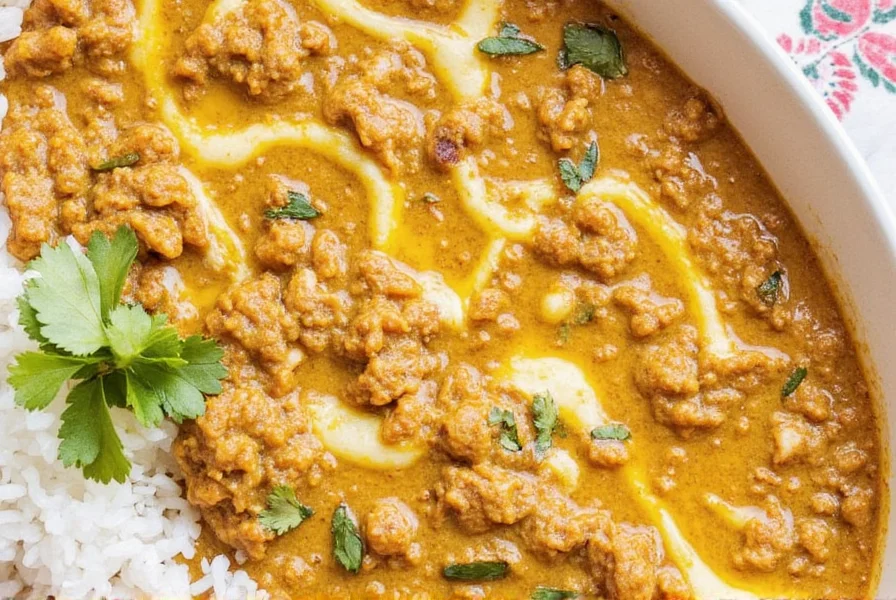
A Tasty Timeline: Tracing the Origin of Curry
The story of curry begins thousands of years ago in the Indian subcontinent. Ancient Vedic texts mention spiced food preparations, and spices like turmeric, ginger, and cumin were already being used for both medicinal and culinary purposes around 2000 BCE.
But the modern understanding of curry as a dish really took shape during the Mughal Empire (1526–1857), where Persian influences introduced rich gravies, nuts, and dried fruits into curries. However, it was British colonialism that truly spread the idea of curry globally.
In the 17th and 18th centuries, British traders and administrators brought Indian cooks back to Britain and adapted the dishes to local tastes. By the 19th century, curry powder had been commercialized, and Anglo-Indian dishes like chicken tikka masala were born—some even say it was invented in Glasgow!
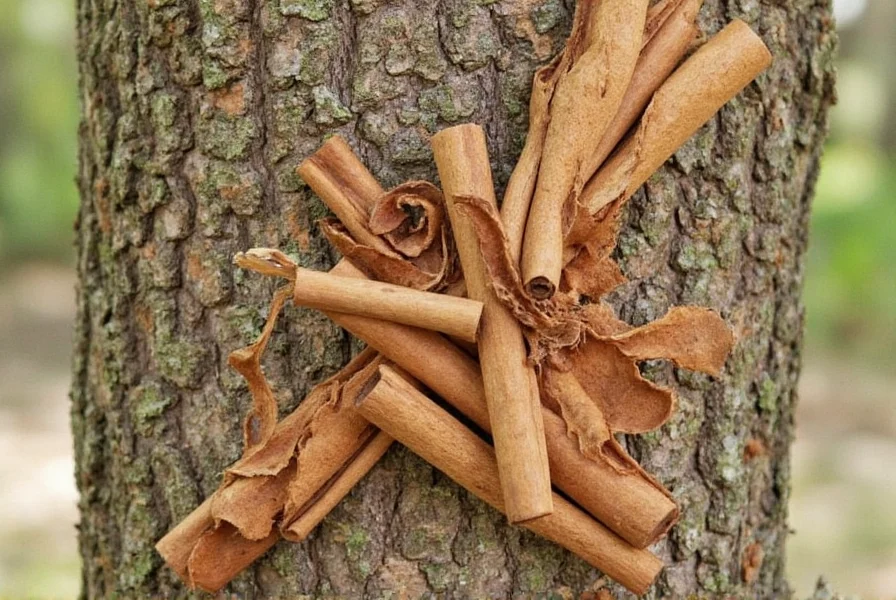
The Spice Rack of Curries: From Masala to Madras
One of the most exciting aspects of curry is its versatility—and at the heart of every great curry lies a powerful spice blend. Let’s take a look at some of the most common curry styles and the spices that define them:
| Curry Type | Main Spices | Heat Level | Best For |
|---|---|---|---|
| Madras Curry Powder | Turmeric, chili, coriander, fenugreek | Moderate-High | Vegetable curries, stews |
| Garam Masala | Cinnamon, cardamom, cloves, cumin, pepper | Low-Medium | Desserts, meats, warm winter meals |
| Korma Masala | Coriander, cumin, poppy seeds, nutmeg | Low | Creamy dishes, yogurt-based recipes |
| Jalfrezi Masala | Green chilies, mustard seeds, tamarind | High | Stir-fried vegetables, spicy meat dishes |
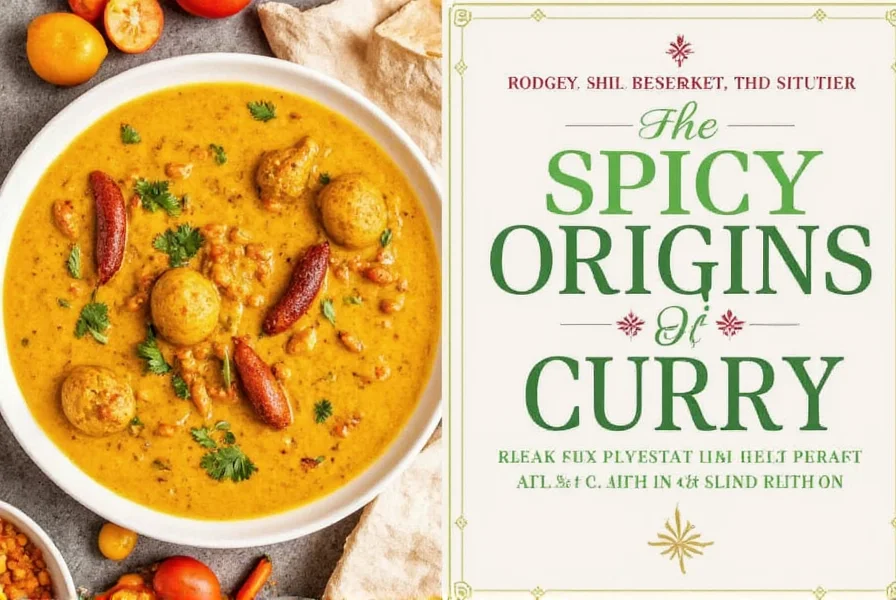
Curry Around the World: Regional Twists
As curry traveled beyond India, each region developed its own interpretation of this beloved dish:
- Japan: Japanese curry (Kare Raisu) is thick, sweet, and served over rice with breaded pork cutlets. It uses pre-made curry roux blocks.
- Thailand: Thai curry relies heavily on coconut milk, lemongrass, galangal, and kaffir lime leaves. Green, red, and yellow curries vary based on ingredients and heat level.
- Jamaica: Jamaican curry blends include allspice, Scotch bonnet peppers, and sometimes curry leaves. Often used in goat and chicken dishes.
- South Africa: Cape Malay curry is fragrant with cinnamon and cardamom, often used in bobotie (spiced mince dish under an egg topping).
Buying Guide: How to Choose the Right Curry for You
With so many curry powders and pastes available, choosing the right one can be overwhelming. Here’s a guide to help you navigate the spice aisle:
Top Curry Products Reviewed
- McCormick Madras Curry Powder
- Features: Rich turmeric base with a bold chili kick
- Advantages: Consistent quality, easy to find
- Use Case: Best for vegetable stews and lentil dishes
- Target Audience: Home cooks looking for authentic flavor
- Suitable Occasions: Weeknight dinners, family gatherings
- Swad Garam Masala
- Features: Whole-spice blend with intense aroma
- Advantages: Freshly ground, adds warmth to any dish
- Use Case: Used at the end of cooking for maximum fragrance
- Target Audience: Culinary enthusiasts who enjoy layering flavors
- Suitable Occasions: Holiday roasts, slow-cooked meats
- Thai Kitchen Red Curry Paste
- Features: Packed with red chilies, garlic, and lemongrass
- Advantages: Ready-to-use paste saves prep time
- Use Case: Perfect for quick Thai-style curries
- Target Audience: Busy cooks craving Thai cuisine
- Suitable Occasions: Fast lunches, dinner parties
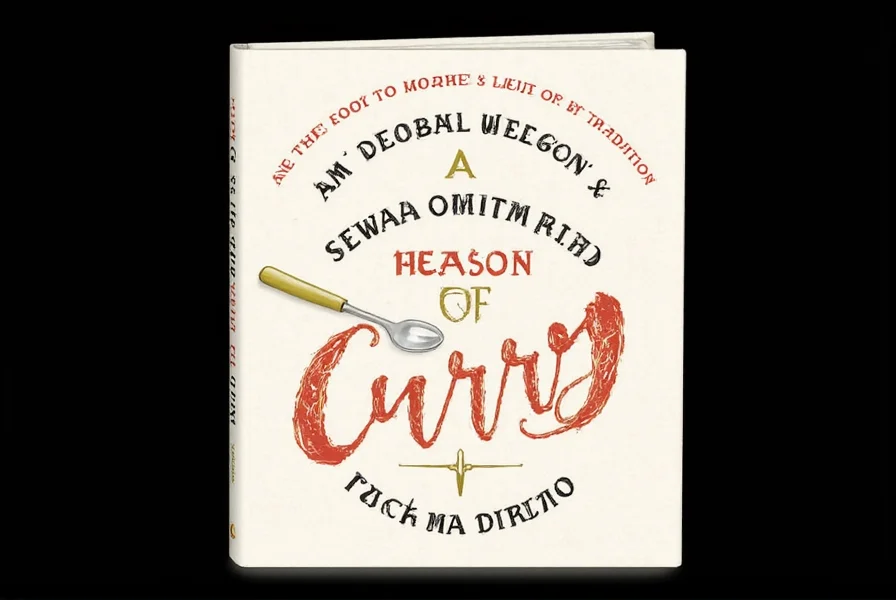
Cooking Tips: Getting the Most Out of Your Curry
To truly bring out the depth of flavor in your curry, consider these practical tips:
- Bloom the Spices: Always toast your spices in oil before adding liquid to release their aromas. This process is known as tempering or “tadka” in Indian cooking.
- Add Acid: A splash of vinegar, lime juice, or tamarind paste can balance the richness of a heavy curry.
- Let It Rest: Many curries taste better the next day as the flavors continue to meld together.
- Adjust Heat Gradually: Add hot spices slowly—especially when using fresh chilies or pastes—to avoid overpowering the dish.
- Pair with Cooling Elements: Serve your curry with yogurt-based raita, pickles, or a cooling mint drink to contrast the heat.
Conclusion
From its roots in ancient India to becoming a global phenomenon, curry has traveled far and wide—carrying with it the soulful stories of people, spices, and passion. Understanding the origin of curry opens the door not just to delicious meals, but to cultural appreciation and culinary creativity.
Whether you're reaching for a pre-made jar or grinding your own masala, remember: there's no one way to make curry. The beauty of this dish lies in its adaptability and ability to evolve with every cook who dares to stir the pot.
So go ahead—embrace the spice, experiment with flavors, and let your kitchen tell its own chapter in the long, delicious history of curry.

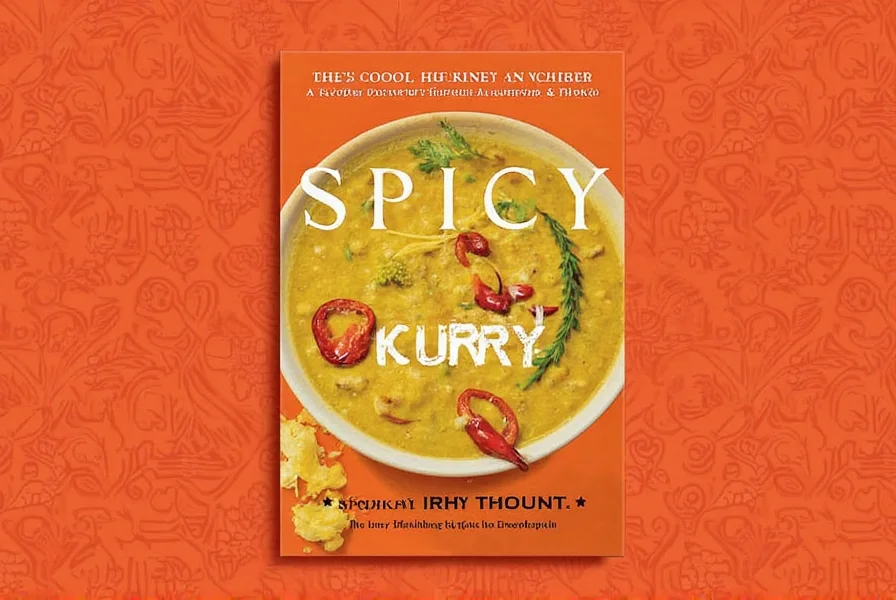









 浙公网安备
33010002000092号
浙公网安备
33010002000092号 浙B2-20120091-4
浙B2-20120091-4